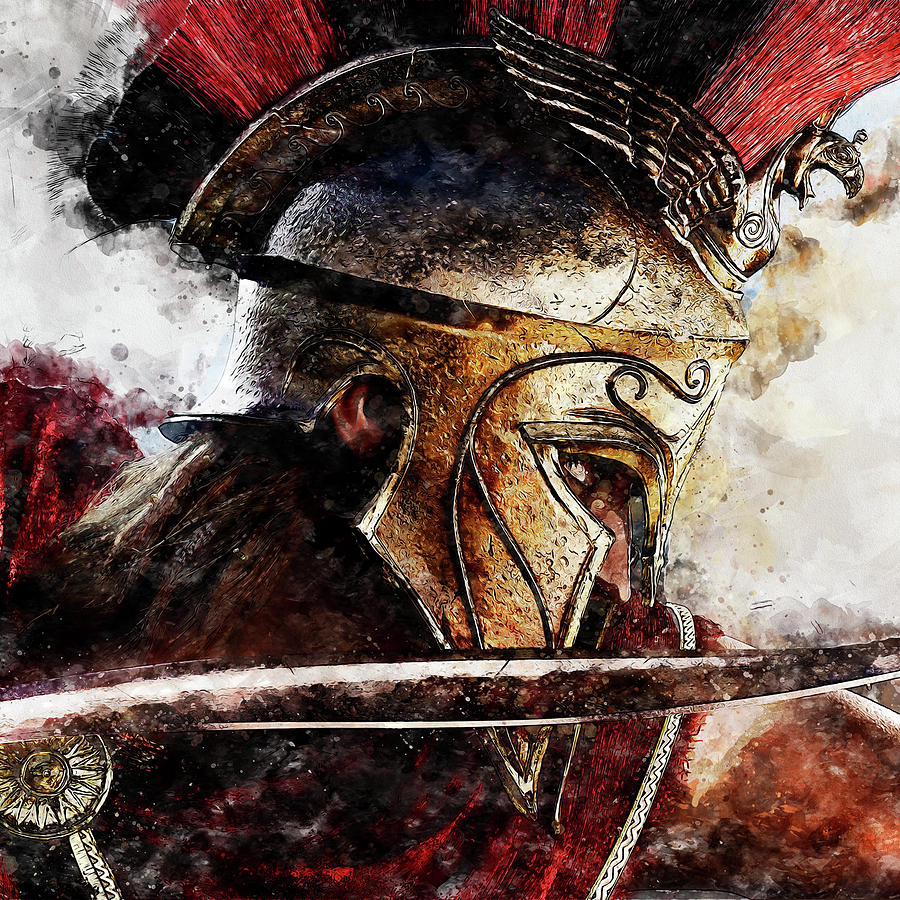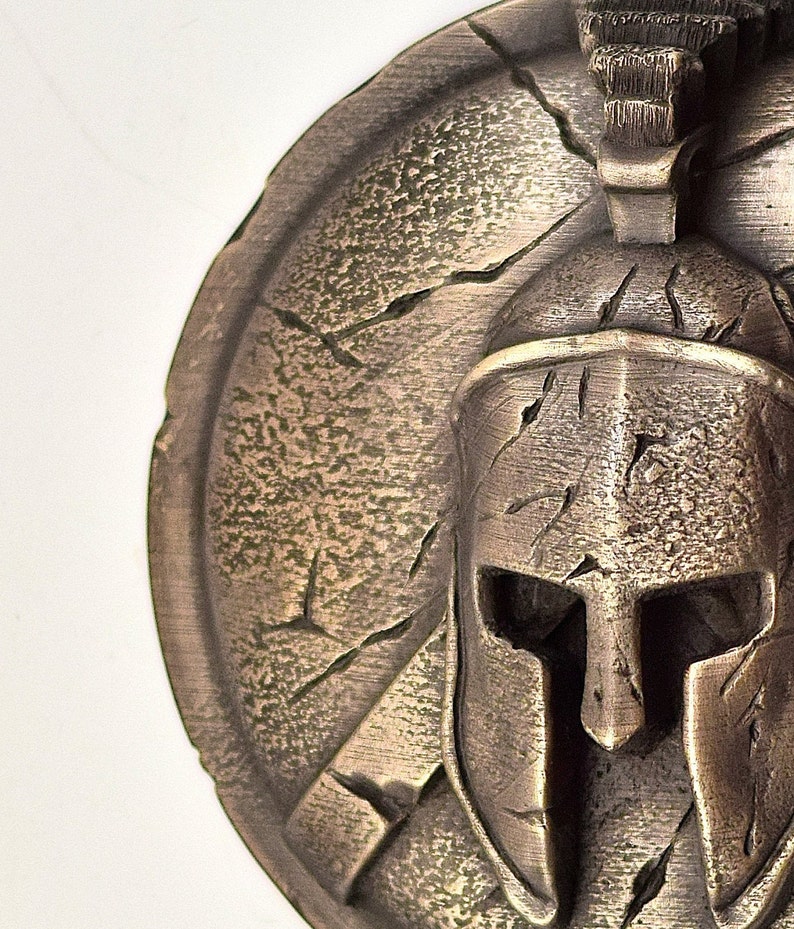

Nearly all of these fall into the 900 to 700 date bracket, although there are some from the seventh century. Apart from warrior burials, a large number of shield bosses have been found at Olympia (Fellman 1984). The quantity simply points to the status of the warrior. A grave at Mouliana had four bosses, each about 19cm across they are all bosses to protect central handgrips and cannot be seen as decorative extra bosses. I think the Kaloriziki reconstruction is incorrect, and that it is far more likely that multiple bosses equals multiple shields, especially when they are of a similar size. Graves are sometimes found with more than one boss, which Snodgrass thinks may have been mounted on the same shield (like Kaloriziki), but I disagree. While that seems unlikely, round bosses could certainly have been attached to the square shields that also appear in art at this time, and perhaps even the Dipylon shields. 61–81) has reconstructed round shield bosses onto ‘Boeotian’ shields. The Kaloriziki shield from Cyprus was probably not round, and Ognenova (1952, pp. 48) points out, however, that a round shield boss does not necessarily mean a round shield.

The bosses average around 15cm in diameter and are generally reconstructed as fitting onto shields of about 45–50cm in diameter. The exception is Cyprus where, as we have seen in the case of helmets and armour, the Greeks there were doing their own thing and may have come to hoplite warfare rather late (Snodgrass 1965a, pp. Snodgrass did admirable work in sorting out criteria to distinguish these items, which seem to show that such shield bosses lasted down to c. A major problem has been that tombs often contain round bronze objects which are not shield bosses, but cymbals, horse trappings or belt fittings. These round bosses had a central dome protecting the handgrip, sometimes reinforced with a spike which could be used as an extra weapon at need (Snodgrass 1965a, p. Much of our evidence comes from bronze shield bosses with which they were sometimes reinforced. This is similar to contemporary Hittite shields and also to the Dipylon shield.įrom 900 to 700, the single-grip round shield remained in use and came in varying sizes (Boardman 1998, p.

An exception is a vase fragment from Iolkos in Thessaly dating from the thirteenth century, which seems to show a small shield with in-curving sides (Bulletin de Correspondance Hellénique 1961, p. At the end of the Mycenaean period we saw that the round shield with central grip was the most common type, perhaps with larger examples being carried by foot soldiers, and smaller examples by chariot-borne infantry. From the beginning of the period until about 700, there was a wide variety of shields in use, judging by both archaeological finds and artistic depictions. Although helmets and armour were worn by warriors before and after the introduction of hoplite warfare, it was the hoplite shield that helped to bring about the change.


 0 kommentar(er)
0 kommentar(er)
